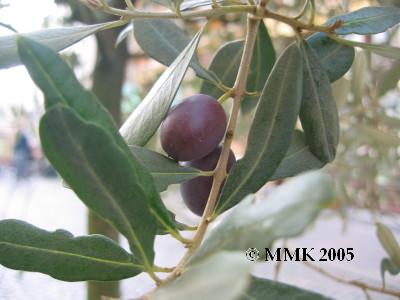| Health: 56 to 60 of 81 NextPage Go to Page: 1 2 3 4 5 6 7 8 9 10 11 12 13 14 15 16 17 | |

|
Nutmeg
Botanical Name: Myristica fragrans The essential oil is obtained by the steam distillation of ground nutmeg and is used heavily in the perfumery and pharmaceutical industries for instance in tooth paste and as major ingredient in some cough syrups. In traditional medicine nutmeg and nutmeg oil were used for illnesses related to the nervous and digestive systems. Myristicin and elemicin are believed to be the chemical constituents responsible for the subtle hallucinogenic properties of nutmeg oil. Other known chemical ingredients of the oil are ?-pinene, sabinene, ?-terpinene and safrole.Externally, the oil is used for rheumatic pain and, like clove oil, can be applied as an emergency treatment to dull toothache. It is given in drop doses in honey for digestive upsets and used for bad breath. Use 3-5 drops on a sugar lump or in a teaspoon of honey for nausea, gastroenteritis, chronic diarrhea, and indigestion.Alternatively a massage oil can be created by diluting 10 drops in 10 ml almond oil. This can be used for muscular pains associated with rheumatism or overexertion. It can also be combined with thyme or rosemary essential oils. To prepare for childbirth, massaging the abdomen daily in the three weeks before the baby is due with a mixture of 5 drops nutmeg oil and no more than 5 drops sage oil in 25 ml almond oil has been suggested. In low doses, nutmeg produces no noticeable physiological or neurological response. Large doses of 7.5 g or more are dangerous, potentially inducing convulsions, palpitations, nausea, eventual dehydration, and generalized body pain. |

|
Okra
Botanical Name: Hibiscus esculentus Okra is a good source of vitamin C and A, also B complex vitamins, iron and calcium. It is low in calories, a good source of dietary fibre and is fat-free. |

|
Olive
Botanical Name: Olea europaea Olive leaves are astringent and antiseptic. Both leaves and bark have valuable febrifugal qualities.The oil is a nourishing demulcent and laxative. Externally, it relieves pruritis, the effects of stings or burns, and is a good vehicle for liniments. With alcohol it is a good hair-tonic. As a lubricant it is valuable in skin, muscular, joint, kidney and chest complaints, or abdominal chill, typhoid and scarlet fevers, plague and dropsies. Delicate babies absorb its nourishing properties well through the skin. Its value in worms or gallstones is uncertain.Internally, it is a laxative and disperser of acids, and a mechanical antidote to irritant poisons. It is often used in enemas. |

|
Oregano
Botanical Name: Origanum vulgare Oregano is high in antioxidant activity, particularly due to a high content of phenolic acids and flavonoids. |

|
Papaya
Botanical Name: Carica papaya Papaya (both fruit and seed) has antibiotic properties. |
| 56 to 60 of 81 NextPage Go to Page: 1 2 3 4 5 6 7 8 9 10 11 12 13 14 15 16 17 | |